Otherworldly. Remote. Prehistoric. Mysterious. These are all words used to describe a place unlike any other in the world: the Galápagos Islands. A province of Ecuador in South America, this archipelago sits 600 miles off the Ecuadorian coast and is comprised of more than 100 islands, islets and rocks, 13 of which are considered major islands: Baltra, Española, Fernandina, Floreana, Genovesa, Isabela, Marchena, Pinta, Pinzon, San Cristobal, Santa Cruz, Santa Fe and Santiago.
In a world where we’re constantly navigating busy to-do lists and an overabundance of unsolicited information, time spent in the Galápagos Islands seems to almost stand still as if it’s a parallel universe. The islands and their surrounding waters are a place where you see the world in its natural state without the impact of a human imprint. It’s untouched, undisturbed and full of serenity.
The sparse amount of cell phone coverage and Wi-Fi aid in the tranquility – visitors to this area are forced to disconnect from everyday lives back home and reconnect with the magical phenomenon existing in front of them.
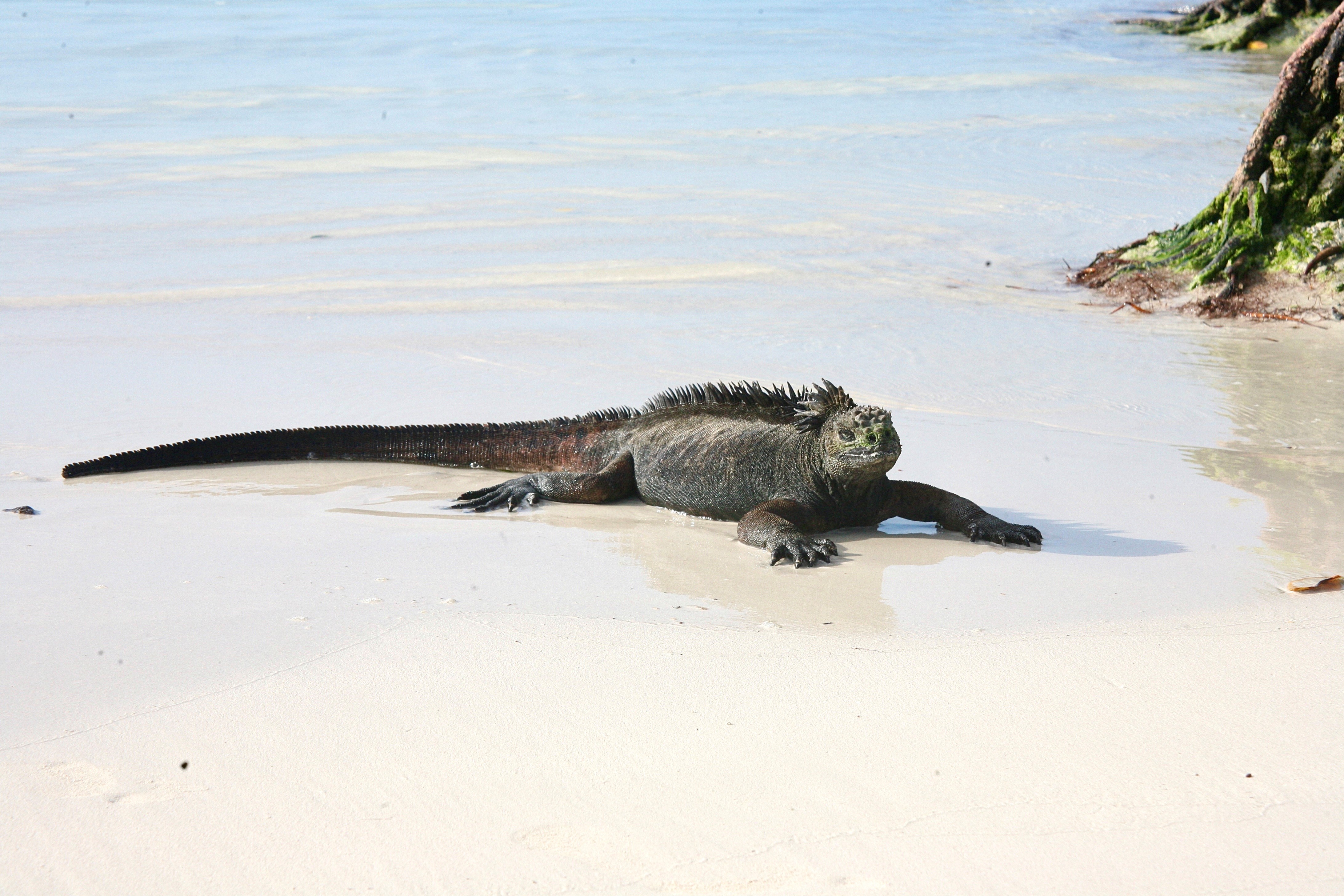
Unique Terrain
The landscape in the Galápagos varies a bit from island to island, and there is so much to see in every direction. The archipelago was formed through volcanic action. There are currently 13 active volcanoes, and the most active one is Fernandina. Some islands have Martian-like terrain with volcanic mountains and craters to explore, and the arid landscape is a sharp contrast to the emerald waters that surround it.
The beaches come in all shapes and sizes. There are stunning stretches of white coral sand beaches next to crystal clear waters such as Tortuga Bay on Santa Cruz Island as well as black sand beaches like Black Beach on Floreana Island.
Animal Encounters
While exploring the Galápagos Islands, encounters with creatures are quite common. Whether you’re looking up, down or under the water, there’s always something to see. And unlike other areas, the wildlife here is tame, which means humans have the chance to observe them up close.
Some of the many animals found on the islands are blue-footed boobies, tortoises, iguanas, sea lions, sharks and Galápagos penguins, which live farther north than any other penguin species.
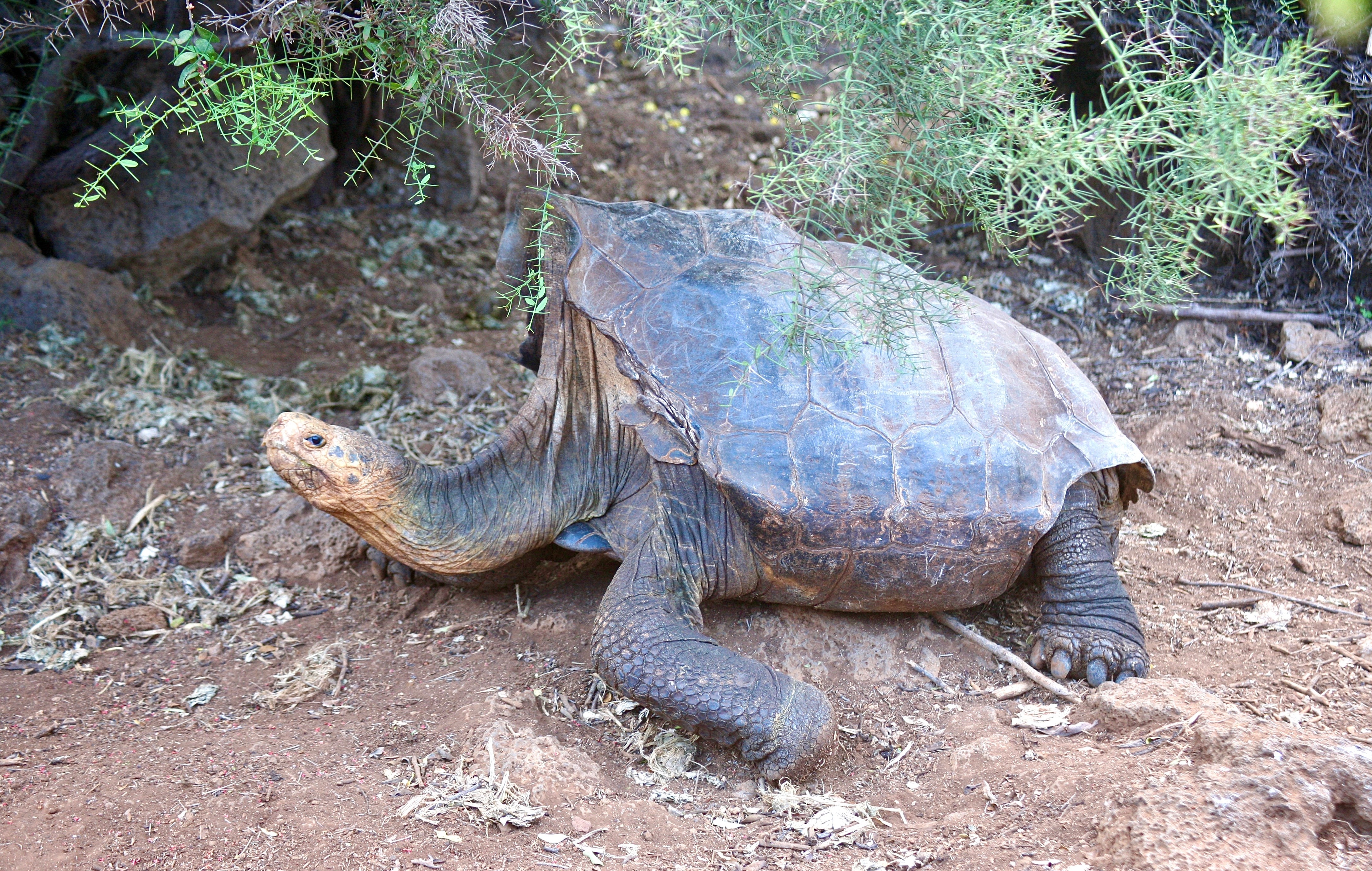
This majestic destination is one that should be on every nature-lover’s bucket list. While there are areas to explore on your own, it’s best to discover this unique location with a Galápagos National Park guide. Traveling with a guide not only grants access to more attractions but also allows visitors to learn so much more along the way.
Did You Know?
- The Galápagos archipelago is uniquely located on both sides of the equator in the Northern and Southern Hemispheres.
- The government of Ecuador designated 97% of the Galápagos Islands a national park, and visitors must be accompanied by a guide to access the park areas.
- Many species found on the islands are endemic, meaning they are found nowhere else in the world.
- Marine iguanas, found exclusively in the Galápagos, are the world’s only seagoing lizards.
- The giant Galápagos tortoise can live for up to one year without eating or drinking.
This article originally appeared in the Summer 2023 issue of The Compass magazine.


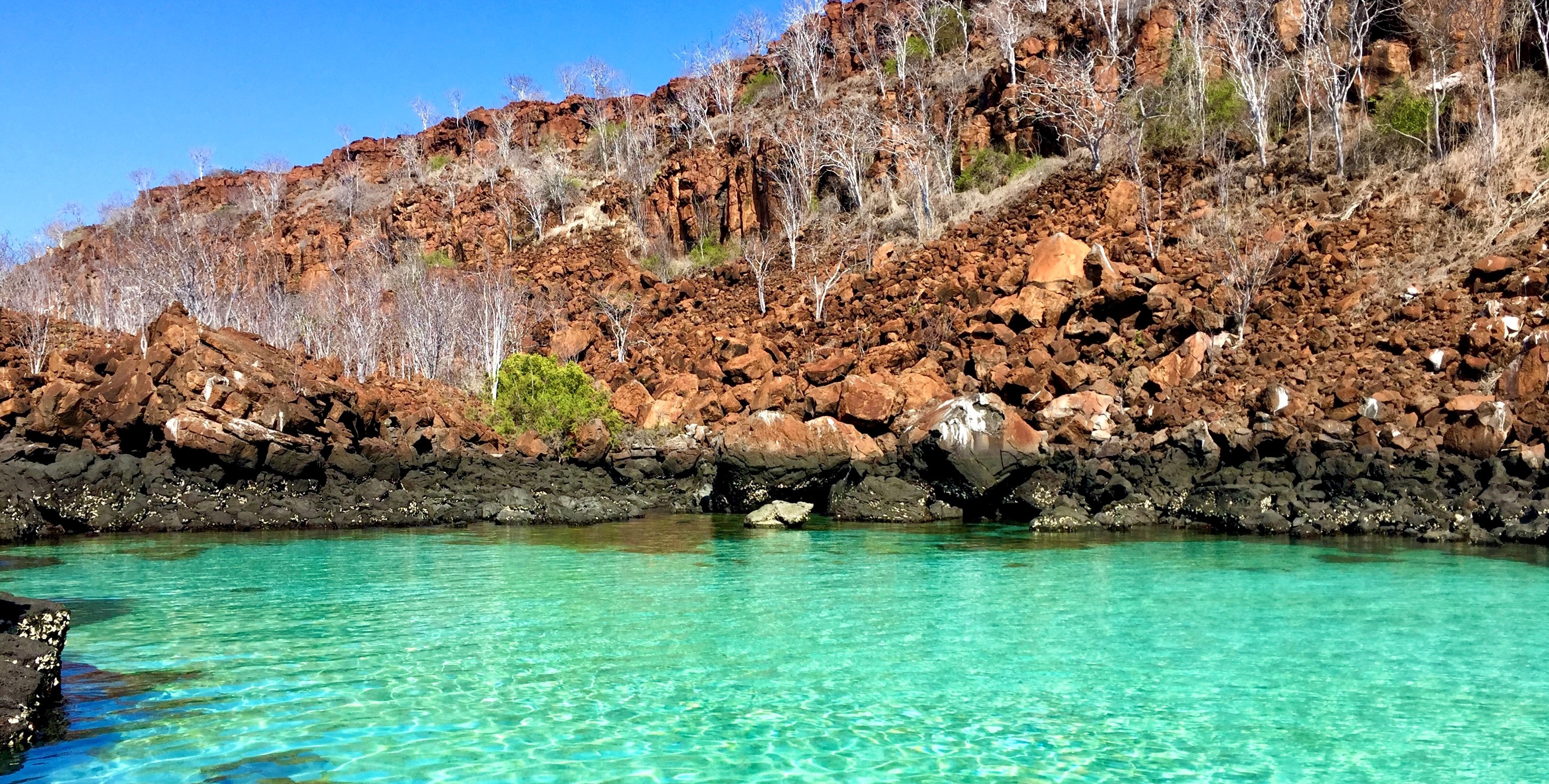

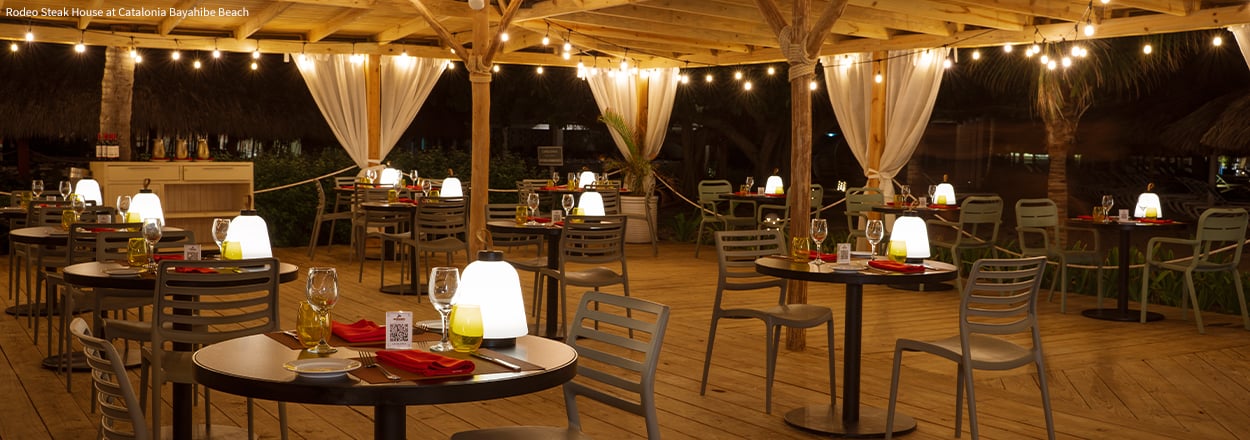
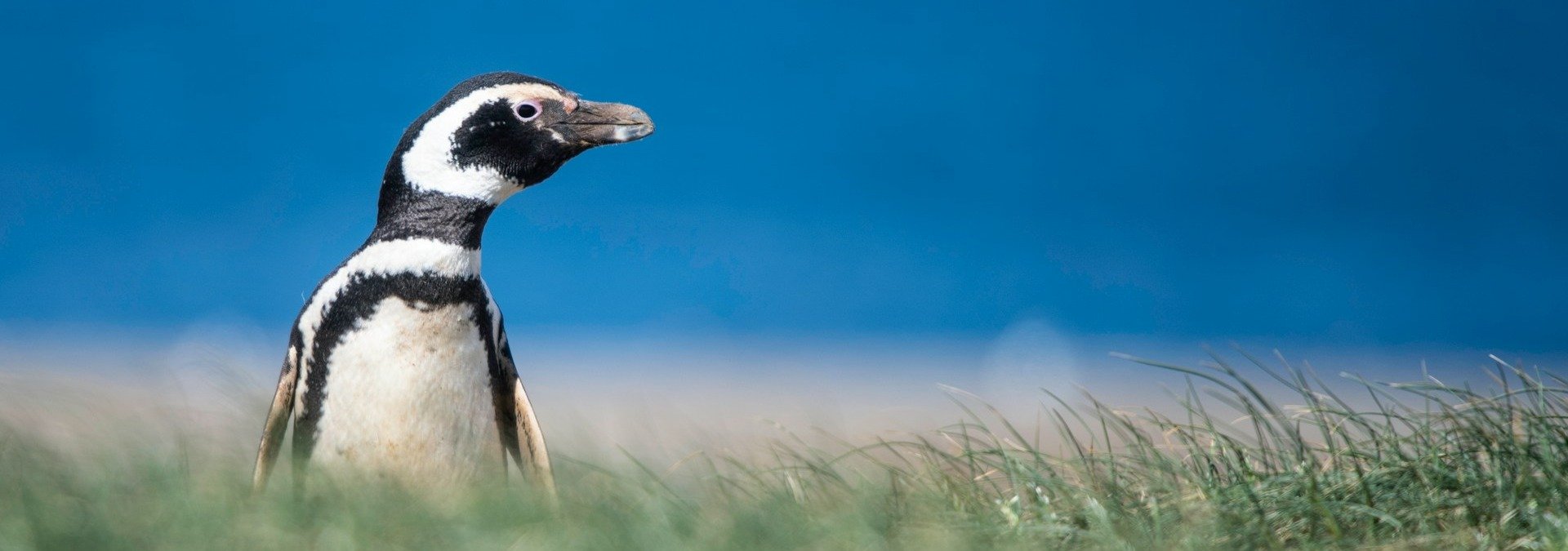
comments